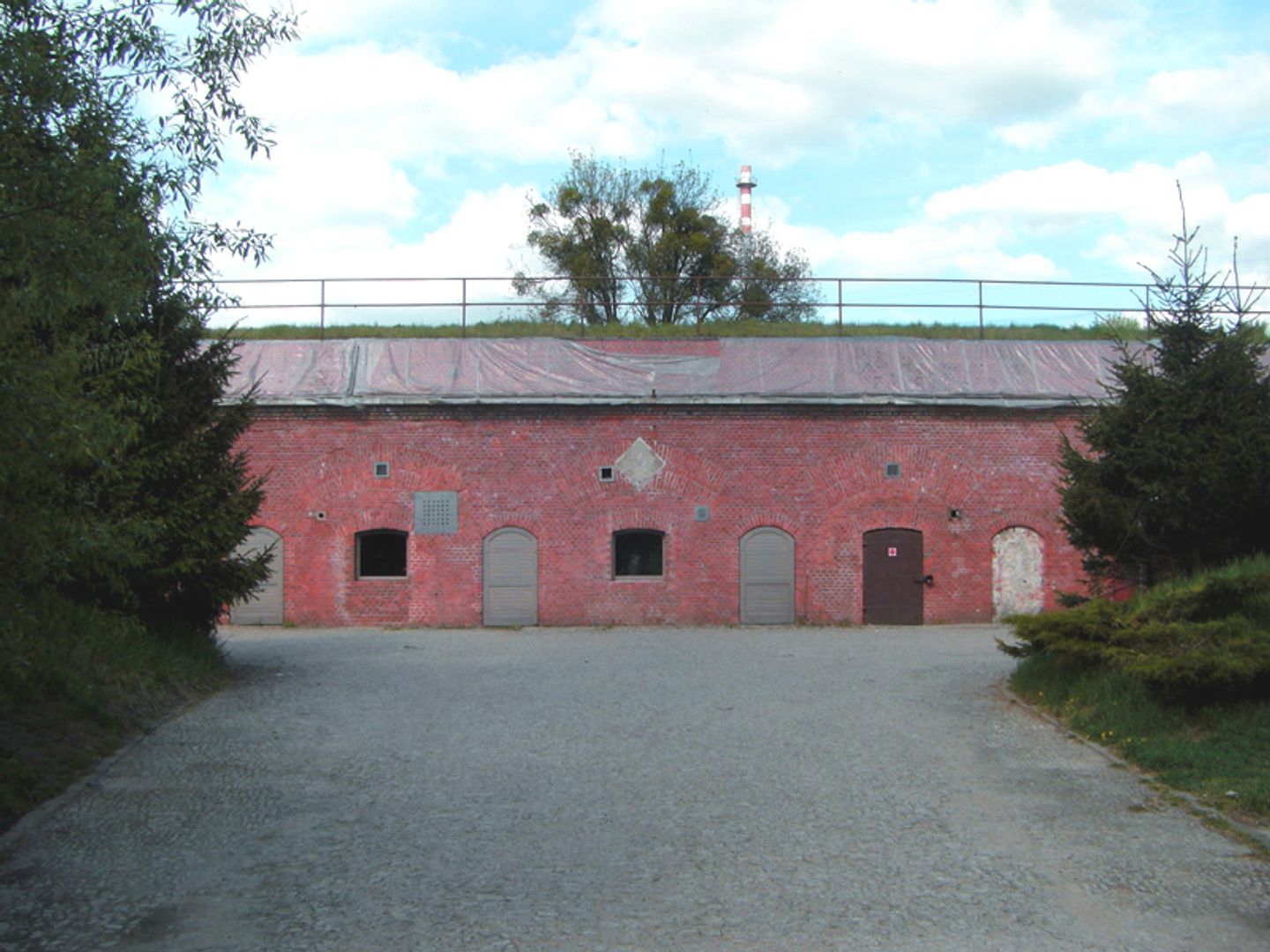Fort III of the Toruń Fortress
6.74

Overview
Fort III of the Toruń Fortress, also known as Werk L'Estocq and currently named after Stanisław Jabłonowski, was built between 1888 and 1890 as an infantry shelter. Initially a small fort, it was expanded shortly after its completion, gaining additional positions for infantry and artillery, including four open battery emplacements for 120 mm caliber guns. Key architectural features of the fort included an earthen rampart and a wet moat that filled with water naturally. Fort III played a crucial role in defending the Toruń-Mokre railway station and controlling the railway line to Iława. Its strategic importance is further emphasized by the nearby Long Battery. In 1908, the fort underwent modernization, during which some windows were bricked up, traversing walls were erected, and positions for larger cannons were constructed. After World War II, the fort lost part of its original structure—the moat is now partially filled in, and the rampart has been leveled. However, thanks to economic activities carried out since the 1990s, many elements of the fort are well preserved. Interestingly, the fort also offers insight into historical military architecture, illustrating the development of defensive strategies and engineering techniques of that era. Today, Fort III is not only a historical site but also a point of interest for tourists and history enthusiasts.
Location
2025 Wizytor | All Rights Reserved